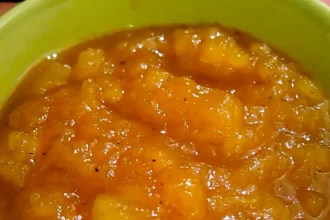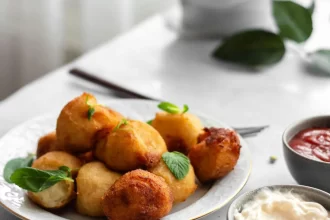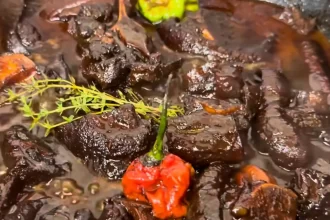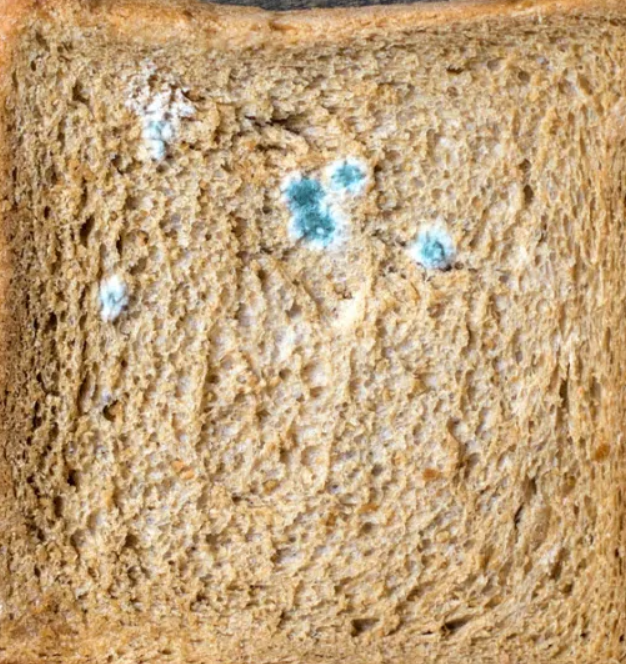You might have come across tamarind in curries, pad thai, or Worcestershire sauce, but its uses and benefits extend far beyond that. Here’s everything you need to know about this versatile and nutrient-rich ingredient.
What is Tamarind?
Tamarind, known scientifically as Tamarindus indica, is a tropical fruit tree native to Africa but now cultivated in many tropical regions worldwide, including India, Pakistan, Mexico, and the Caribbean. The tree produces bean-like pods filled with seeds surrounded by a fibrous pulp. The pulp starts green and sour, becoming sweet-sour and paste-like as it ripens.
Summary
Tamarind is a tropical fruit tree native to Africa, now grown in many regions worldwide. It produces pods with sweet-sour pulp, used in various cuisines.
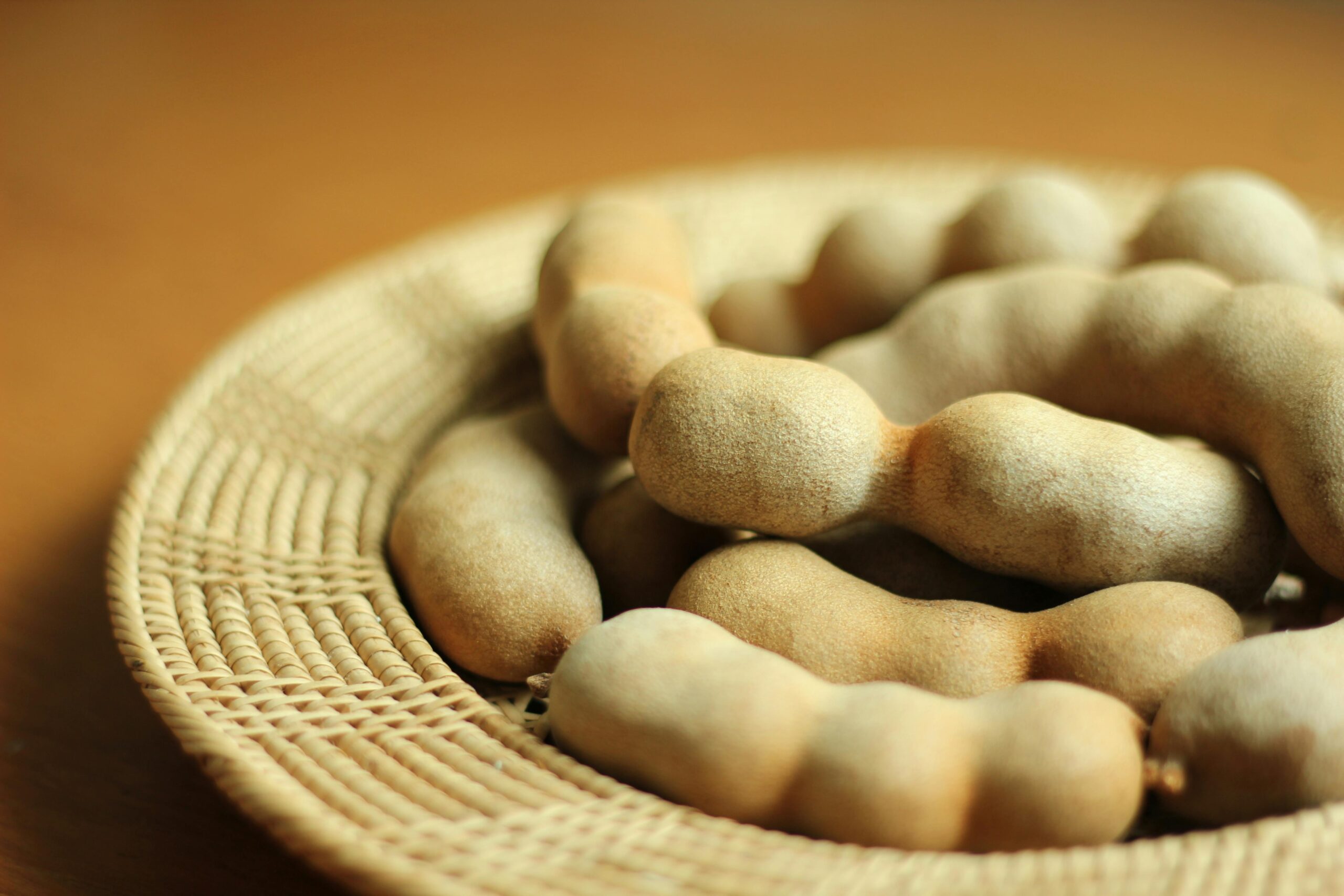
What Does Tamarind Taste Like?
Tamarind has a complex flavor that combines sweet, tangy, and slightly caramel-like notes. Its acidity is milder than lemon or lime, without the bitterness of citrus. This unique taste makes it an excellent ingredient for a variety of dishes, both savory and sweet.
Summary
Tangy with some sweetness.
Nutritional Benefits of Tamarind
Tamarind is not just flavorful; it’s also packed with nutrients. A single cup (120 grams) of tamarind pulp provides:
It also contains beneficial plant compounds like polyphenols, which have antioxidant properties.
Summary
Tamarind is rich in nutrients like magnesium, potassium, and iron, and contains beneficial polyphenols with antioxidant properties.
Medicinal Properties
Tamarind has been used in traditional medicine for centuries. It may have antioxidant, anti-inflammatory, antifungal, antibacterial, and antiviral effects. The polyphenols in tamarind can protect against diseases such as heart disease, cancer, and diabetes. Tamarind pulp has been used to treat conditions like diarrhea, constipation, fever, and malaria.
Summary
Traditionally used to treat ailments like diarrhea and fever, tamarind may have antioxidant, anti-inflammatory, and antimicrobial effects.
How to Use Tamarind in Cooking
Tamarind can elevate both savory and sweet recipes. If you’re new to cooking with tamarind, try it in dishes like tamarind fish curry, tamarind agua fresca, or an authentic pad thai. Here are some ideas:
Summary
Tamarind enhances various dishes, from chutneys and sauces to cocktails and desserts, adding a unique sweet-sour flavor.
How to Buy Tamarind
You can find tamarind in Asian, Latin, and Middle Eastern markets. It comes in several forms, each suitable for different types of recipes:
Summary
Available in raw pods, pressed blocks, concentrate, and powder, tamarind comes in various forms suitable for different culinary uses.
Tamarind is a popular sweet and sour fruit used worldwide. It has many beneficial nutrients. Two of the best ways to enjoy this fruit are to eat it raw or to use it as an ingredient in savory dishes.
Ready to try tamarind in your cooking? Visit Shop Little Guyana for tamarind products and more. Happy cooking!



